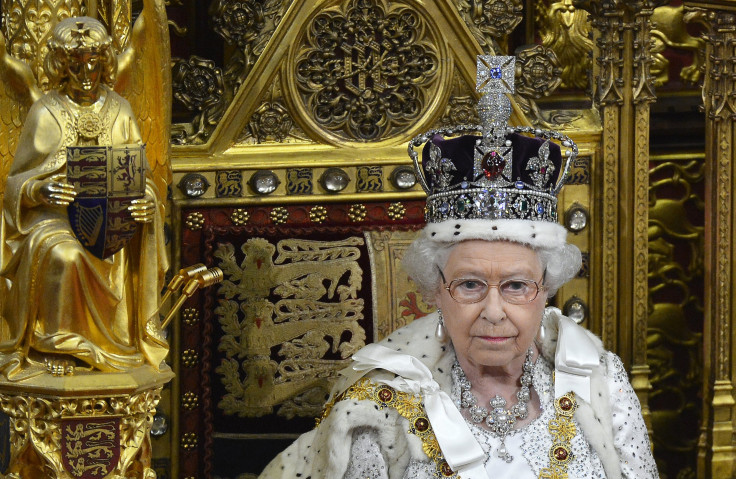Queen Elizabeth II, Second Longest-Serving British Monarch, Marks 60 Years Since Coronation

Sixty years ago, a shy and beautiful 27-year old former English princess named Elizabeth became queen, more than a year after she acceded to the throne following the death of her father, King George VI. (The year-long gap was made to allow for a period of mourning.)
Her coronation in Westminster Abbey, London, was the first such ceremony to be televised around the world, attracting an audience in the hundreds of millions. However, the young monarch as well as British Prime Minister Winston Churchill, the Queen Mother and Duke of Norfolk, among others, were not too keen on the idea of having TV cameras inside the cathedral. The idea of promoting such a sacred tradition as a form of “popular entertainment” offended many.
"The Queen was at first against the idea, fearing the eyes of the world on her every facial movement and on possible mistakes," author William Shawcross wrote in the Daily Telegraph. "These were sacred rituals, surely not to be flashed live around the country and thence at once around the world."
But following pleas from the BBC, the Queen consented, with some caveats. "The Queen gave way, insisting only that there should be no close-ups of her face at the most sacred moments of all -- when she was anointed and took communion,” Shawcross added. “She wanted her moments with God to remain unseen by the world."
Not only was television a new wrinkle on the coronation, but since the founding of the British Commonwealth in 1949, Elizabeth formally took the oath of not just the “Queen of the United Kingdom and Northern Ireland,” but also as Queen of Canada, Australia, New Zealand, the Union of South Africa, Ceylon, Pakistan and other territories. “This is very different from previous coronation oaths that had not individually stated the names of these various realms and dominions," Carolyn Harris, a royal historian based in Toronto, Canada, told CBC.
Harris also noted that the television broadcast of the coronation, both in the U.K. and North America, triggered millions of people to purchase television sets.
However, other elements of the three-day coronation ceremony were steeped in ancient tradition. "The structure of the coronation, where it takes place, the anointing and the crowning and the swearing of fealty, all these traditions are more than a thousand years old," Harris added.
In grim, post-war Britain, the coronation provided a much-needed episode of color, pageantry and elegance -- in stark contrast to rationing and the collapse of a once huge global empire. Indeed, sociologist Michael Young wrote the coronation was “an act of national communion … one family knit together with another in one great national family through identification with the monarchy.”
In Britain alone, some 27 million people (more than one-half the population at the time ) viewed the festivities -- marking the first time that a television audience surpassed radio in the country’s history.
The queen, who has presided over six decades of monumental changes in Britain and the wider world, is now 87 and has sat on the throne for 61 years and about four months (including the year prior to the coronation). However, she is not the longest-serving British monarch -- that title goes to one of her most illustrious predecessors, Queen Victoria, who ruled the 19th century British Empire for 63 years and seven months.
© Copyright IBTimes 2024. All rights reserved.





















